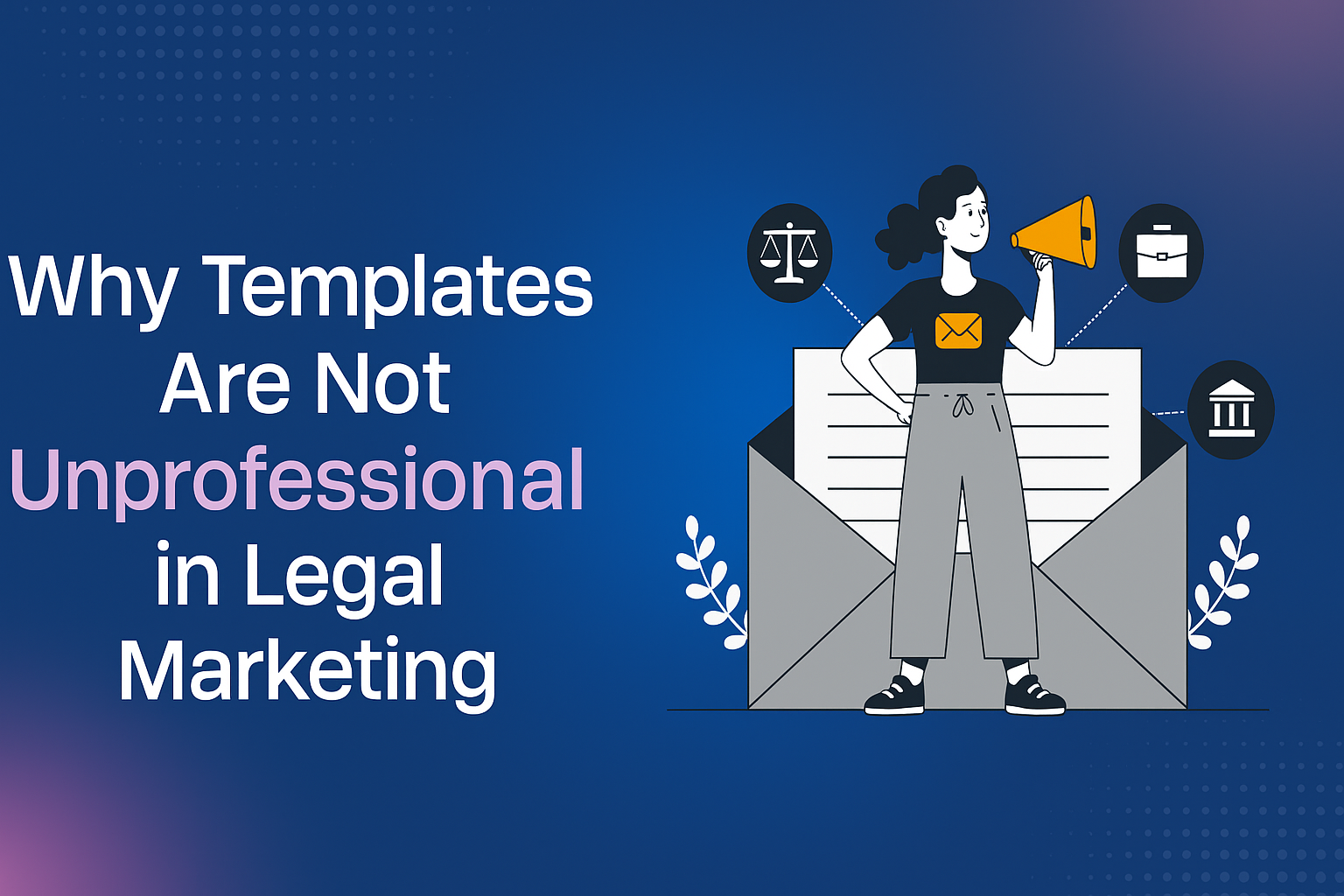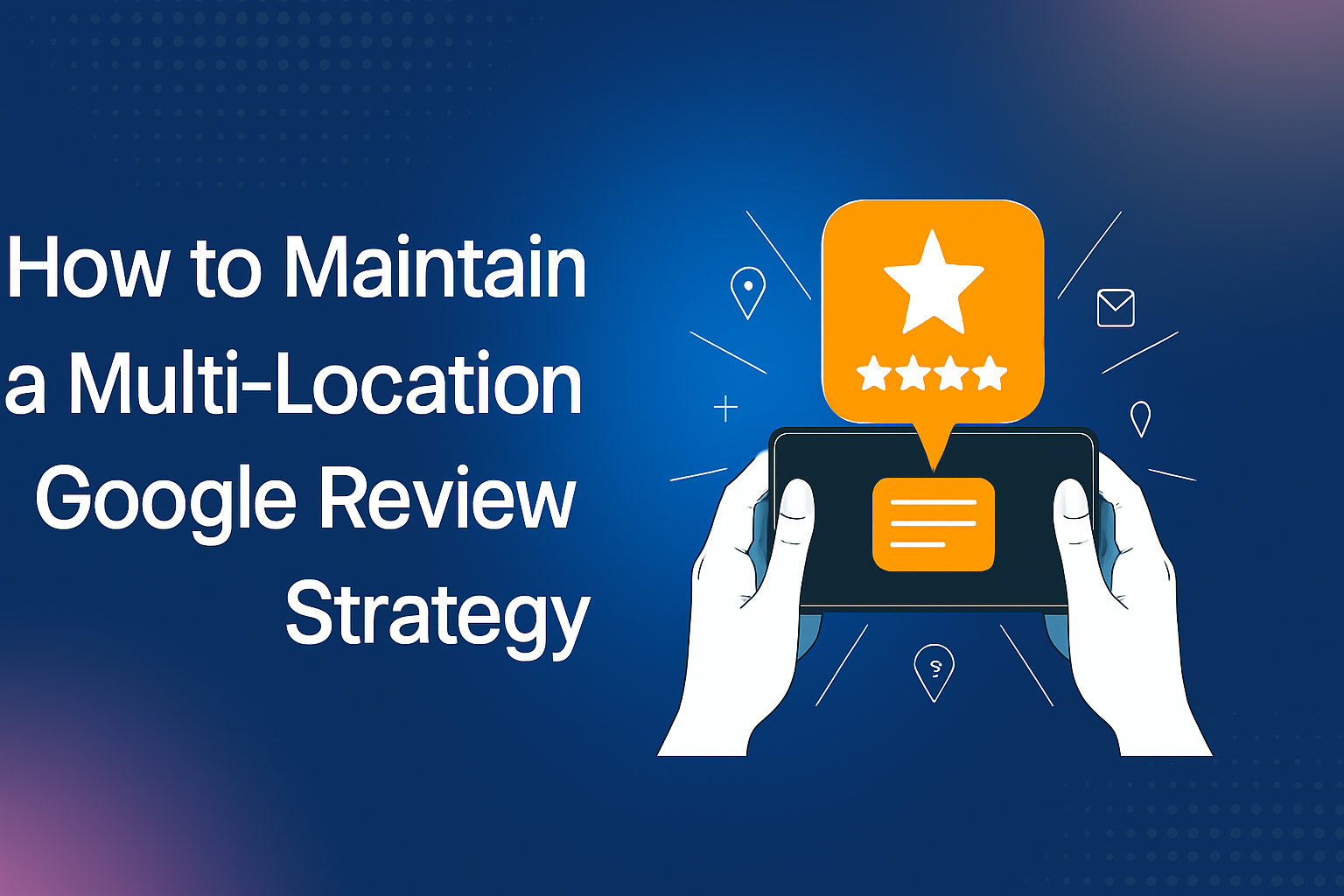Socials, emails, Google ads, in-app ads… The channels for marketing efforts are endless.
With so many choices, channels, and types of customers for your business, it can be difficult to know where to focus your energy or which channel your customers interact with before making a purchase decision. This is where marketing attribution comes in.
Check this quick read to learn more about the different stages consumers go through before making a purchase.
Marketing attribution is the intricate process of discerning the touchpoints a customer engages with before completing a purchase. Sounds simple right? it’s not that straightforward because these touchpoints encompass a spectrum of customer interactions, spanning from web ads, and socials to promotional email offers.
Think of marketing attribution as your GPS in the vast universe of marketing strategies. You know you want to reach your destination, but with so many roads and turns, it’s easy to get lost. In this case, your destination is business growth, and the roads are the myriad marketing channels and techniques at your disposal. Here’s the scoop: Marketing attribution makes this seemingly chaotic journey a whole lot simpler. It goes beyond just tracking conversions; it’s like turning on the lights in a dim room, revealing the entire customer journey. As a savvy business enthusiast, that’s gold because it helps you figure out where to focus your efforts and where the real opportunities lie.
Imagine someone signs up for your newsletter after visiting your blog. A week later, they receive a targeted email about a new product. Intrigued, they click the link and make a purchase. Traditional analytics might give all the credit to the email, but marketing attribution recognizes the blog visit as a crucial touchpoint in the customer’s journey.
Let’s look into the different marketing attribution models and how they work so you know which is perfect for your business.
First-Touch Attribution
Let’s talk about the First-Touch Attribution model—a bit like giving a nod to the first encounter in a long-lasting relationship. This model is like putting all the ‘credit’ on the touchpoints that bring a visitor to your website for the very first time. Even if they don’t make a purchase or sign up for your emails, the credit still goes to that initial interaction.
Now, why does this matter? Well, it’s perfect for marketers who are all about creating demand and collecting leads. You want to know which actions are driving that very first connection with your brand.
The cool thing about this model is that it’s easy to put into action with Google Analytics. But, here’s the catch—it’s a bit like wearing blinders. Since it focuses on just that one initial touchpoint, it can make it seem more important than it is.
Say you run a social ad to bring people to your website. The First-Touch model says, “Hey, that social ad gets all the credit for bringing folks in!” But, here’s the kicker—what if they didn’t buy anything until they saw a killer email you sent later?
That’s the downside of the First-Touch Attribution model. It doesn’t tell you what made a customer buy. So, while it’s good for understanding that first connection, it does not help figure out the whole customer journey or optimize for conversions at the bottom of the funnel.
Last-Touch Attribution
Last-touch attribution is like giving a gold star to the last thing that convinced someone to hit that ‘buy’ button. Picture it as a highlight reel of the grand finale, not the opening act.
So, why is it called “last touch”? Well, it’s the exact opposite of the first-touch model. This model is the go-to for many marketers. It’s the classic move of giving all the credit to the final touchpoint that seals the deal. Imagine your potential customer standing right at the checkout, ready to make a purchase. That’s the moment when the last-touch attribution steps in. Here’s where it gets messy.
Reporting conversions with Last-Touch is like telling a story with pages missing. Let’s say someone finds you through a snazzy display ad, then swings by from a social post, and finally pulls the trigger with AdWords. Guess what gets all the glory? Yep, you got it – AdWords. The rest? Invisible.
So, you’re left in the dark about what happened before the purchase which means that the unsung heroes – the display ad and social post – don’t get the credit they deserve. That could mean less budget, fewer people on your team, or time spent on what matters.
One model that is often used instead of the last touch is the multi-step process such as looking at the “Last Non-Direct Click” on Google Analytics. This feature ignores direct clicks and pays attention to the channel your customer uses before making a purchase. So, if you’re aiming for a more complete picture and want to see the whole story, Last-Touch is cool, but a mix of steps is even cooler. It’s the secret sauce to understand your customer’s journey better.
Lead-Conversion Touch Attribution
The lead-conversion touch attribution model is like giving a gold star to the touchpoint that directly leads to someone becoming a lead. Sure, it sounds cool because it helps marketers figure out which touchpoints are making the magic happen and turning people into actual leads. But here’s the catch: it’s like shining a spotlight on just a tiny part of the whole customer journey, which is pretty massive. So, while this model is popular, it’s not the ultimate hero of attribution models.

Linear Attribution
In the linear attribution model, credit is spread evenly among all touchpoints in the customer journey. So, if there are five touchpoints, each one gets a solid 20% of the credit. For ten touchpoints, it’s an equal 10% for each, and you get the drill.
This model lets marketers take a holistic approach to the entire customer journey, optimizing the full picture instead of just zooming in on one specific touchpoint. However, because it hands out credit equally, some high-performing touchpoints might get less credit than they truly deserve, while the not-so-hot ones get a bit more than they should. Overall, this model allows you to come up with a strategy that cuts across different channels instead of putting all of your efforts into one high-performing touch point.
Time-Decay Attribution
In the marketing attribution game, the time-decay model is like giving all the credit to the MVP—the touchpoint that seals the deal gets the glory. The further away a touchpoint is from converting, the less credit it scores.
This model’s strength lies in revealing which channels or interactions are nudging customers toward those conversion-driving touchpoints. But, and it’s a big but, it has some blind spots. It completely blanks out the touchpoints that initially lured customers to a website and overlooks those early-stage touchpoints that set the conversion journey in motion.
Sure, this model showers love on the touchpoints leading directly to the conversion, making it a fit for some businesses. But beware—it’s accused of being a bit short-sighted compared to the full spectrum of Marketing Attribution Models out there. So, it might be your go-to, but keep your options open.
Custom Attribution
Custom attribution, while powerful, dives into technical territory because you have to craft a tailored model aligning precisely with your business’s unique customer journey. This model provides marketers with an optimal framework, allowing customization for every touchpoint along the customer journey. Ideally, everyone would adopt such a bespoke attribution model for its accuracy.
Here’s the snag: it’s not as widespread. Why? Because setting it up is a technical feat requiring considerable expertise and time. Troubleshooting, iterating, and fine-tuning results make it the most accurate but among the least practical.
Now you know the different models but how do you choose which one aligns with your business and marketing strategies?
- Map Your Customer Journey: Think about the journey your customers take. Google Analytics is your sidekick here, doing the heavy lifting by tracking data for different channels. Monitor specific performance indicators for each channel as it will help you understand how users engage with your site—entry points, bounce rates, and conversion timelines.
- Actionable models are key: Ensure your chosen attribution model provides actionable insights—answers to questions like “Will revenue drop if we spend nothing?” In the world of complex attribution models, you can try HubSpot’s Attribution Report, as it simplifies the process without needing a data scientist.
- Quality over quantity: Focus on lead quality, not just single conversions. Understand the lifetime value (LTV) of a customer—how they evolve from leads to active users or paying customers. Lifetime value is your North Star metric, crucial for building an effective attribution model and program.
- Align with campaign objectives: Choose an attribution model that aligns with your campaign objectives. Different models tell different stories. If you’re running a branded campaign, a first-touch model might be your best bet. Your choice should reflect the story you want to tell.
- Embrace change and test: Always be ready to test and change your attribution model based on results. Evolve as your business does. Testing is your path to success. Experiment with different elements—headlines, images, and campaign goals. Learn how each conversion contributes to sales with a closed-loop analysis.
If you’re checking out marketing attribution, these tips provide a compass to navigate complexities and drive your business forward. Whether you’re fine-tuning your model or experimenting with headlines, remember: understanding your customer’s journey is the key to unlocking scalable success. Test, adapt, and stay ahead in the game!






